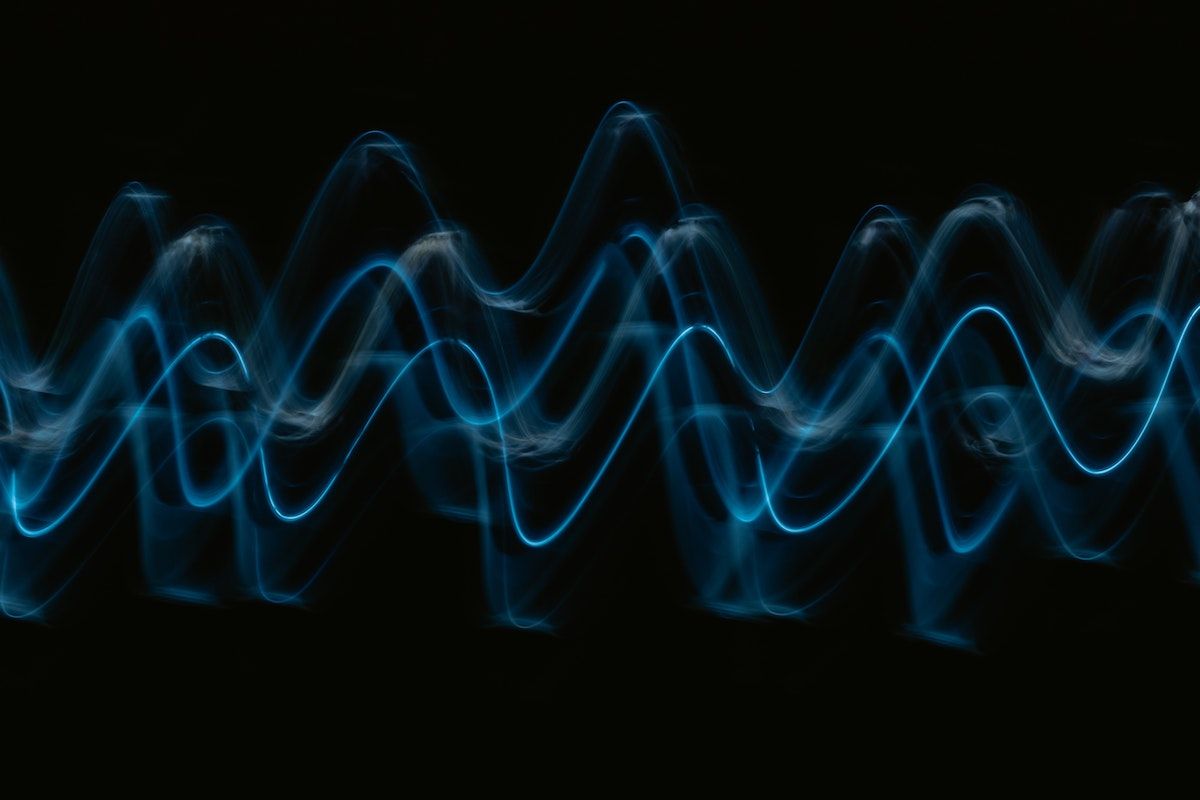Diegetic Sound Explained – Explore How It's Created & 3 Examples
Hire film gear from local filmmakers.

Hire film gear from local filmmakers.
Sound is integral to whatever media we watch, whether silent or loud. There are two kinds of sound in the film world: diegetic and non-diegetic.
Read on to learn more about diegetic sound and how it’s created.
What is diegetic sound?
Diegetic sound (or actual sound) is any sound whose source is directly visible or (implied to be present) on the screen.
The sound source doesn’t necessarily need to be seen on screen, as long as your audience understands that it is coming from that scene. Think of them as natural in that story world: If the characters can hear them, then it’s diegetic.
It has evolved from the Greek word diegesis, meaning narrative or narration.

How is diegetic sound created?
Just because the diegetic sound comes from the world within the film or TV show doesn’t mean that sound occurred live or onset.
Many of these diegetic sounds are recorded in studios by sound engineers, making them clearer and more realistic.
3 Examples of diegetic sound
1. Character dialogue
This is the most obvious example of diegetic sound.
Dialogue most often occurs live on set, but sometimes it needs to be recorded in a studio due to technical difficulties or because a line of dialogue wasn’t recorded live.
2. Sound effects
These are added for a dramatic or realistic effect and are usually added post-production by a sound engineer. Some examples are raindrops, ambulance sirens, etc.
3. Music coming from within the film
This is a fantastic way to immerse your audience in your media. The booming music from someone’s headphones or songs blasting at a nightclub is all diegetic sound.

Explore non-diegetic sound in film
Now that you’ve got to grips with diegetic sound, it’s time to learn about non-diegetic sound and all the other essentials of sound. Check out our page on sound design to get started.
Ready to start adding some diegetic sounds into your films? Head over to our page on filmmaking to deep dive into the process.
What is diegetic sound?
Diegetic sound is any sound whose source is directly visible or implied on screen. They are sounds that emanate naturally from the story world.
What is the difference between diegetic and non-diegetic sound?
Diegetic sounds come directly from the film. Non-diegetic sounds come from our world and are added to the story world for different purposes. Think of a voiceover or a soundtrack.
What are some examples of diegetic sound?
Some examples of diegetic sound are the voices of characters or dialogue, music from a piano being played on screen, or footsteps.























